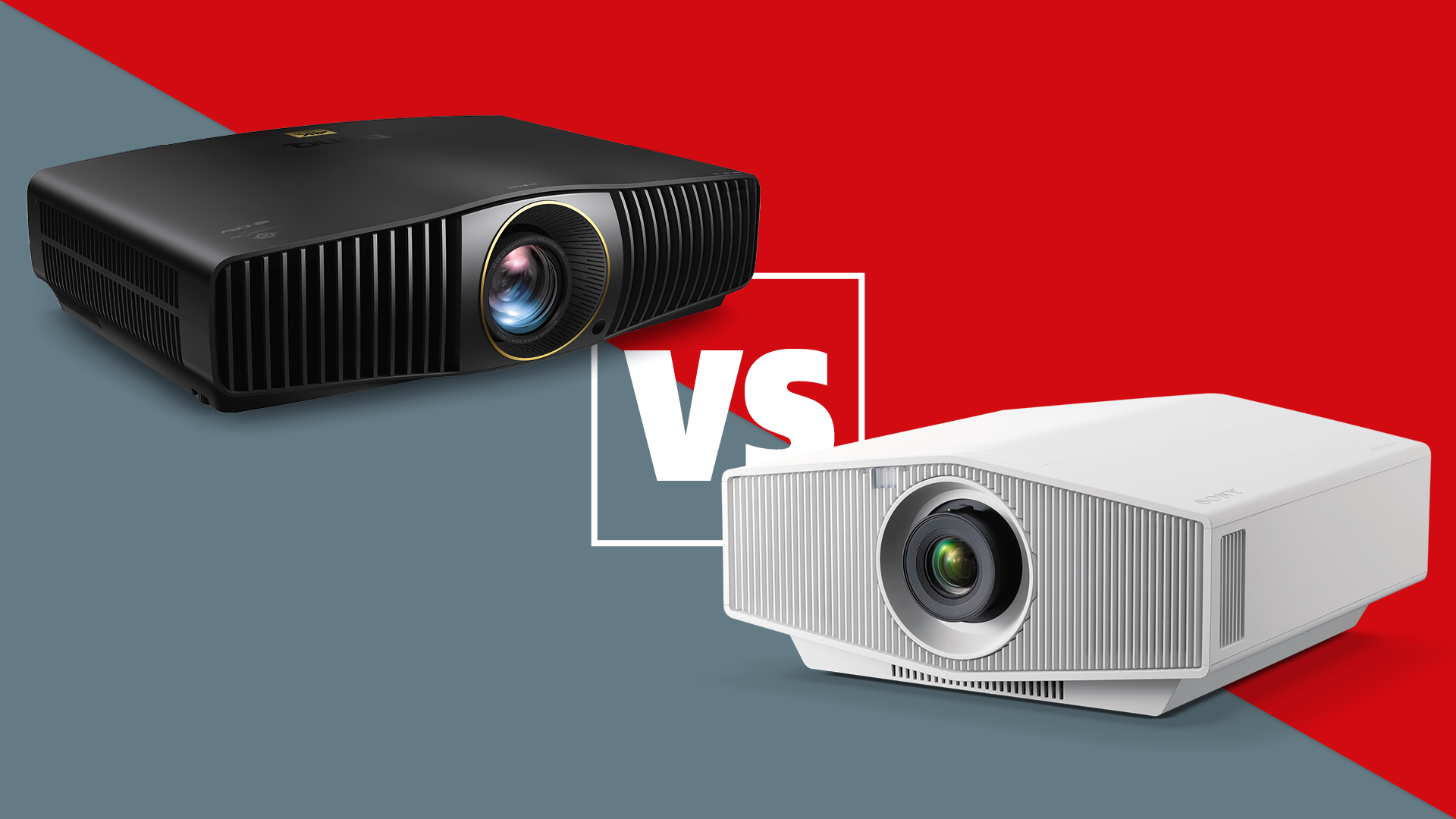The best 12 TVs of What Hi-Fi?'s lifetime
We salute 12 of the best television sets ever to grace the What Hi-Fi? testing rooms...

There's an old episode of The Simpsons in which Homer, upon seeing a video screen, cries "Television! Teacher, mother, secret lover!"
While we're certainly not admitting to that last one, the big black box that took pride of place in the main room was something of a teacher to young, impressionable minds - and, perhaps, also a surrogate parent in light of the countless hours spent in front of it.
Television played a pivotal role in providing audio-visual stimulation, and still continues to do so. Even the advent of mobile devices, upon which we can watch content wherever and whenever, hasn't lessened its importance.
From CRT TVs all the way to 4K OLEDs, this list salutes some of the best TVs to come through our test rooms.
And remember, don't sit too close to the screen. It will ruin your eyes.
Philips 28PW9512 (1997)

The big thing about Philips' 28PW9512 was its surround-sound capabilities.
It came with two external rear speakers that formed part of a seven-speaker design, consisting of four main internal speakers (two centre, left and right), and an internal subwoofer.
The latest hi-fi, home cinema and tech news, reviews, buying advice and deals, direct to your inbox.
This configuration helped to accurately pan sound around a room, as well as digging up enough low-range information (thanks to that 19W sub) to deliver some meaty effects.
Picture quality was strong too (100Hz refresh rate for less flickering), but it was the 28PW9512's audio performance (and relatively reasonable £1200 price) that sees it make this list.
MORE: Best TV deals – OLED, smart, HD, 4K TV
Toshiba 32MW7DB (1998)
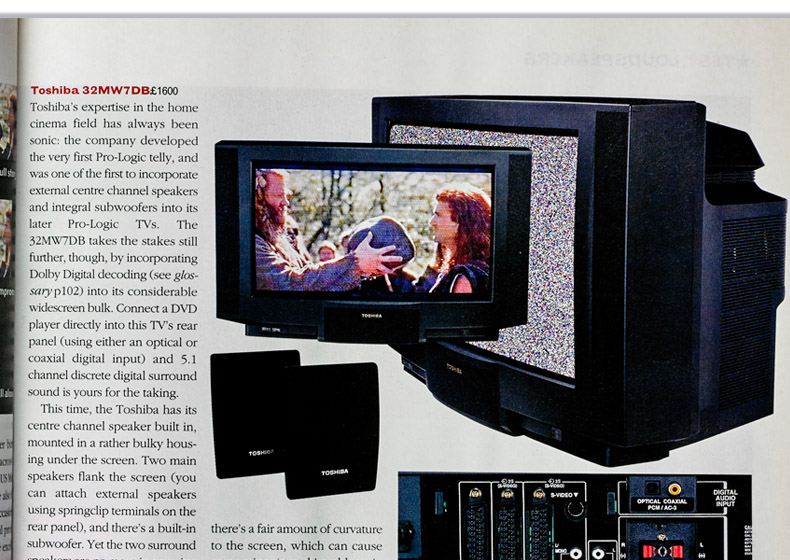
Toshiba's 32MW7DB also included external rear speakers, and the result was a TV that sounded better than any we'd heard before.
The Toshiba was a great all-rounder, featuring excellent blacks and good contrast. Colours that were stable and natural.
Neither too expensive nor too big, back in 1998 the Toshiba fitted the bill for a TV that delivered great sound and vision.
MORE: Toshiba returns from the TV wilderness
SIM2 RTX55H rear projection (2004)

Huge TVs weren't common in 2004, so if you wanted to go big your best option was a rear projection TV.
At a considerable 55in, and costing an even-more-considerable £8500, the SIM2 Grand Cinema RTX 55H offered an image of scintillating quality, thanks to its use of DLP (Digital Light Processing) - a technology more usually found in projectors. It sported a DVI-D connection too.
Blacks were rich and consistent - as good as, if not better than, a plasma TV - while screen noise was virtually eradicated. External speakers were needed though, as the TV itself didn't feature any.
But despite this, the Sim2 was arguably one of the best big-screen TVs of its time.
MORE: Best TVs 2017
Loewe Concept L32 (2005)

Back in 2005, we called the Concept L32 "compact, discreet and stylish". 12 years later, our minds haven't changed a bit.
Whether you were watching in standard or high-def (the set had a 1366 x 768 panel and came with an HDMI port, just in time for Sky+ HD), it succeeded in producing a bold and realistic image, with an excellent range of colours and class-leading levels of picture detail for the time.
Even at £1800, we considered it a bargain in terms of performance.
Samsung PS-50Q7 (2006)

In the mid-2000s, 50in displays were the domain of rear projection giants. But that was changing fast, with an influx of slim flatscreens available in bigger sizes.
Samsung's plasma was seen as rather modestly priced for a big TV - just £2200. Its forte was its ability with bright colours and fast motion - it served up a clean, refined image that really shone when fed HD pictures.
You could argue the emergence of TVs such as the PS-50Q7 provided the launch-pad for the adoption of big flatscreens in the home.
MORE: Best 48, 49 and 50-inch TVs 2017
Pioneer PDP-508XD (2007)

The PDP-508XD was one of Pioneer's first-generation Kuro TVs, a series that retains its place in What Hi-Fi?'s affections. It's in the list of the best 40 products of our lifetime.
The £3000 508XD's phenomenally deep blacks were better than any prior plasma or LCD we'd seen. For its time it had amazing contrast, and delivered rich and attractive images.
Though subsequent TVs would overhaul the 508XD in terms of quality, it remains one of the era's most remarkable performers.
Samsung UE55C9000 (2010)
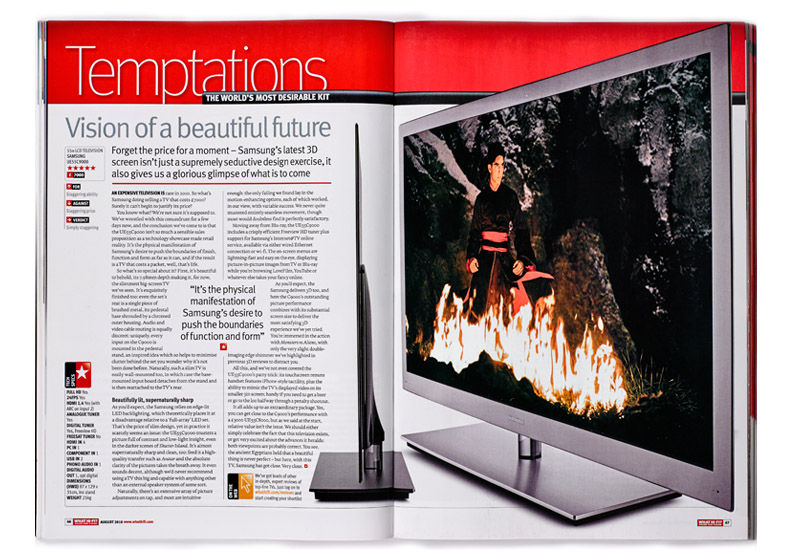
Back in 2010, if you wanted a slim TV with the latest technology, Samsung's UE55C9000 was the set to have - provided you could spare £7000.
A depth of 7.98mm and an exquisite finish (brushed metal, no less) made it desirable, and the UE55C9000's picture was nothing to be sniffed at either. Images were sharp and clean, "full of contrast and low-light insight".
Its featured tech would soon become the norm, whether it was a Freeview HD tuner, support for Samsung's Internet@TV service or smart features that allowed for picture-in-picture images.
The UE55C9000 was a stunning technical showcase, and a glimpse of what was to come.
MORE: Samsung UE55C9000 review
Bang & Olufsen BeoVision 11 (2013)
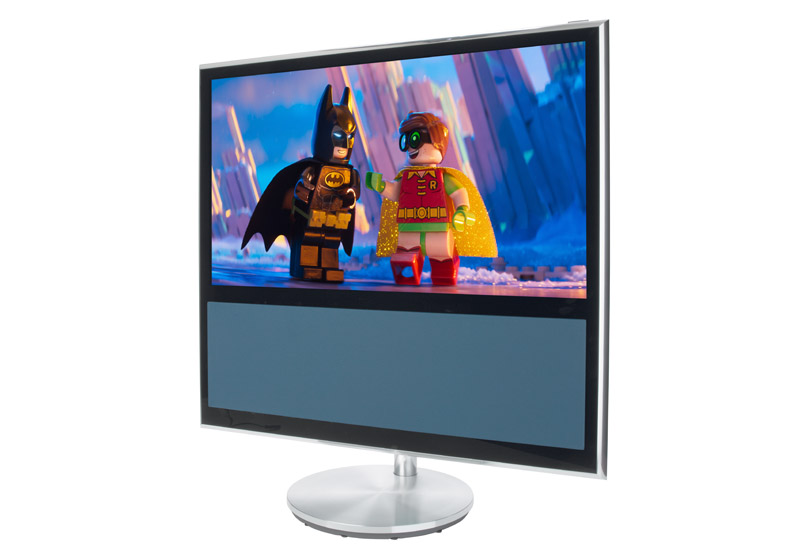
You might expect a £5250 TV with a motorised pedestal stand and customisable grilles to be an exercise in style over substance, but the BeoVision 11 refuted that suggestion with terrific picture presentation. It balanced rich, nuanced colours with strong contrast, whilst displaying a composed hand with motion-handling.
The sound was superb too, incorporating active stereo speakers that gave the audio a weight and authority rarely achieved by a flatscreen TV before or since.
An extravagant but excellent TV.
MORE: B&O BeoVision 11 review
Panasonic TX-P50GT60B (2013)
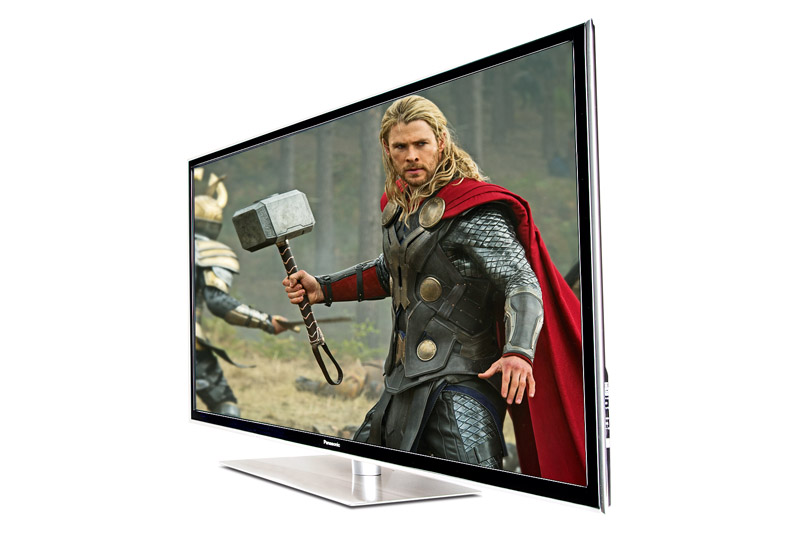
One of the last plasma TVs produced by Panasonic, the GT range delivered high-end features at a mid-range price (an aggressive £1200), putting in an outstanding all-round performance. Arguably Panasonic has yet to match its success.
The GT60's picture quality was stunning, producing a well-balanced, natural colour palette that could pack a punch. Blacks were inky and detail levels astonishing, with 3D coming across as convincing too. Our only issue was the small selection of smart apps.
The GT series was one of our more lauded TV ranges from the early 2010s, and the TX-P50GT60B was perhaps its best model. A deserved Award-winner, with picture quality that was second to none at its size and price.
MORE: Panasonic TX-P50GT60B review
LG 55EA980W (2014)
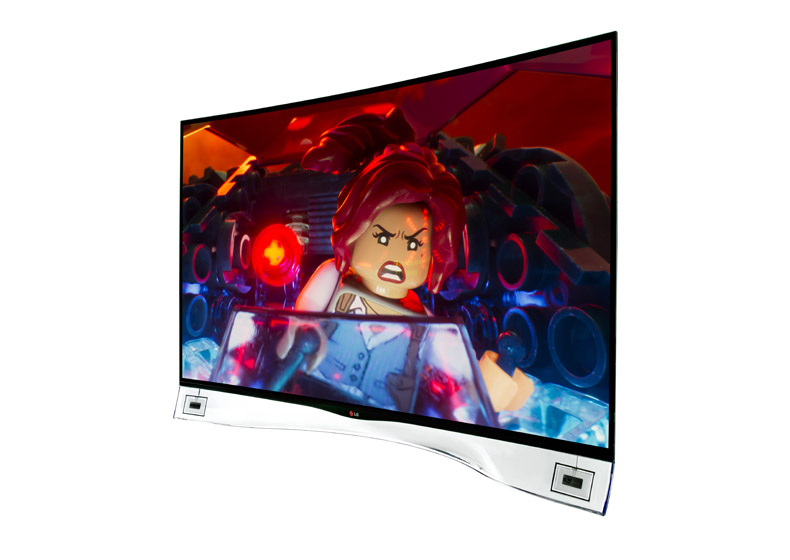
The first generation of full-size OLEDs took a while to appear, finally surfacing in 2014 after smaller efforts from LG and Sony in preceding years. They were rough round the edges, but LG's 55EA980W showed they had great promise.
Deep pockets were needed (£8000!), but what you got was a Full HD screen with black levels that were incredibly inky, punchy contrasts and a clean-looking image with a natural colour balance.
Motion issues, a lack of subtlety in its deepest blacks and brightest whites, plus that price tag provided a few gripes, but it also served as an indication of OLED's potential. This one left us excited about the new technology's future.
MORE: LG 55EA980W review
MORE: What is OLED TV? The tech, the benefits, the best OLED TVs
Sony KD-75X9405C (2015)

We called the KD-75X9405C "Sony's best TV of 2015" and it absolutely deserved that tag. An exemplary (and huge) set that produced great pictures and remarkably good sound for a flatscreen.
Its audio performance was hard to ignore, thanks to the inclusion of speakers on each side of that could "properly go loud without hardening up".
Bass performance was good too - this was a rare example of a TV that didn't make us miss the presence of a soundbar.
Picture contrast was superb, and detail levels were staggering even for a £6000 4K TV, offering the sort of insight that revealed the most intricate of details.
MORE: Sony KD-75X9405C review
MORE: 4K Ultra HD Blu-ray – all the 4K discs on sale and coming soon
Sony KD-55A1 (2017)
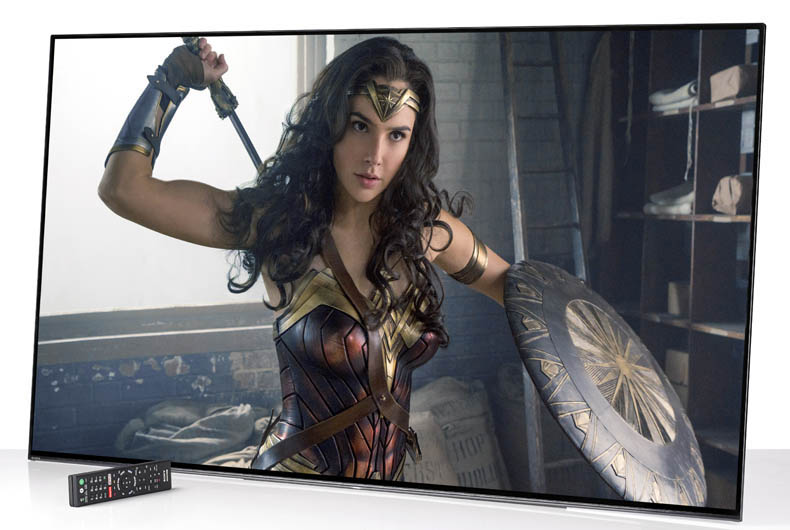
The promise of OLED has been most fully realised by Sony's KD-55A1, the company's first full-size OLED TV. It embraces a bold design (the stand contains the connections, the rear panel a subwoofer), an 'invisible' speaker system (four drivers vibrate the glass panel to produce sound) and comes with all the smart features we'd expect.
It's the picture that really grabs the attention though. Boasting the inherent qualities of OLED (deep blacks, uniform whites), it complements that with a vibrant picture and solid, almost three-dimensional image. A brilliant TV, even at £3500 - the OLED bar has been raised.
MORE: Sony KD-55A1 review
Simon Lucas is a freelance technology journalist and consultant, with particular emphasis on the audio/video aspects of home entertainment. Before embracing the carefree life of the freelancer, he was editor of What Hi-Fi? – since then, he's written for titles such as GQ, Metro, The Guardian and Stuff, among many others.
